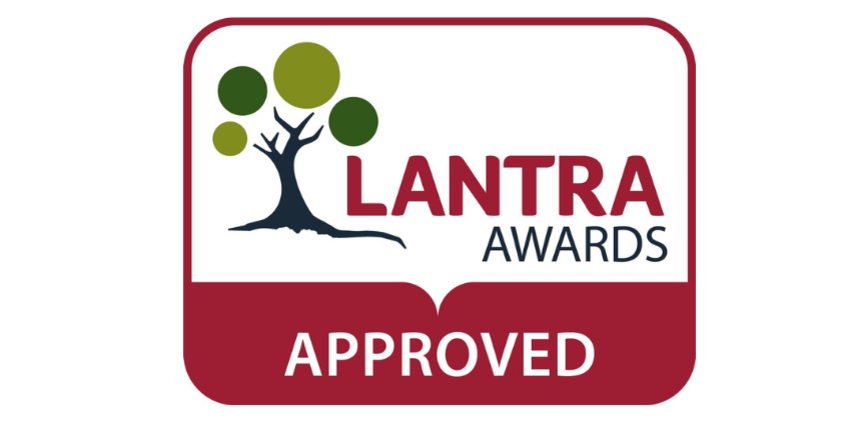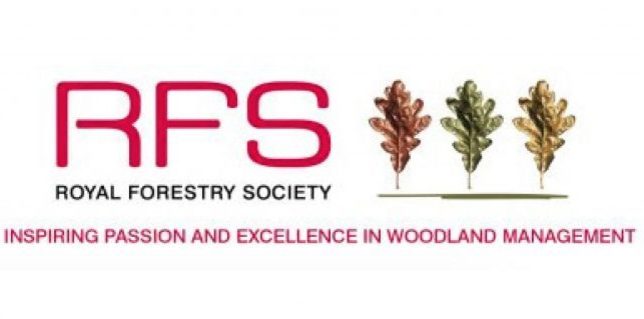Dead Wooding & Branch Removal
Sometimes a tree's branches can die back naturally, another reason why trees should be regularly expected and maintained. The process of dead wooding ensures safety by removing dead, diseased or dying wood and any dangerous branches, particularly important in public areas.
Dead wooding prevents wood from falling from the tree and improves the general health and appearance of the tree, it can also be undertaken simply for cosmetic reasons. Dead or overhanging branches close to pavements or roads can be potentially dangerous as well as harbouring pests and diseases. Dead wooding is particularly recommended where children may be playing.
Pruning & Thinning
Pollarding is a traditional woodland management method, recently becoming one of the processes involved in arboriculture. It involves removing all branches and limbs of the tree, leaving only the trunk and major lim framework left, allowing the tree to re-grow and look more tended to.
Often this process involves removing some of the healthy wood, this may be formative pruning to improve the future development and structure of the tree. This can be for many reasons -
● removing a competing leader in a juvenile tree,
● thinning the crown to permit new growth and better air circulation,
● reducing the tree's height to lessen shade or wind throw.
We also remove obstructing lower branches or simply to shape a tree for aesthetic purposes. Pruning can be carried out on fruit trees to increase the yield, if pruning is carried out Incorrectly it can weaken the trees structure and potentially provide access to pests and diseases, so it is important to have your trees pruned by a qualified arborist.
Each cut can change the tree's growth, so no branch should be removed without good reason. We will discuss each job with you to ensure that pruning is carried out in the safest and most
tree-friendly way to achieve the desired result.
Tree branch and limb removal
A tree's branches may need removing, but without fully reducing or lifting the crown. We do this when the tree is overhanging a property boundary mostly, the purpose of this is not to remove large parts of the tree, just simply the parts necessary to ensure a healthy tree that is also stable.
Fill in Our Contact Form
Please fill in our contact form below and a member of our team will be in touch.









